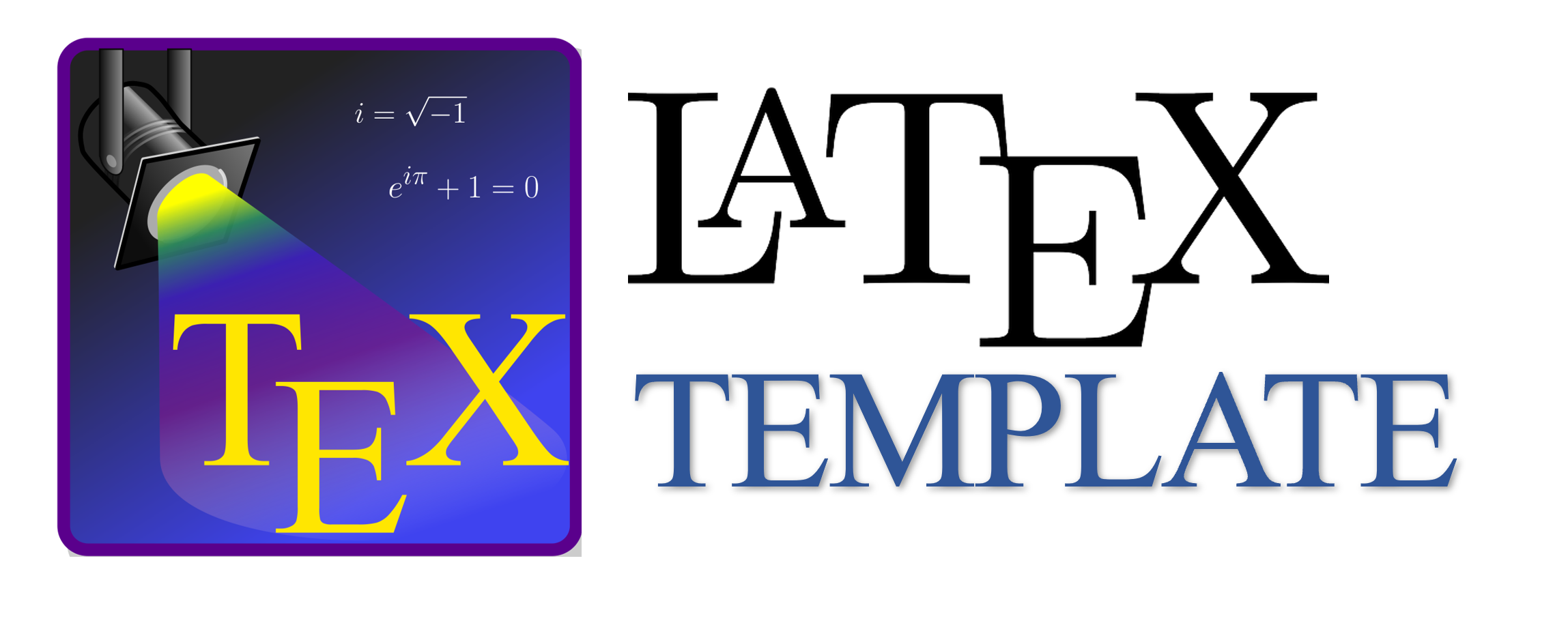Peramalan Harga Emas Saat Pandemi Covid-19 Menggunakan Model Hybrid Autoregressive Integrated Moving Average - Support Vector Regression
Abstract
ABSTRAK
Investasi emas merupakan salah satu investasi yang menjadi favorit dimasa pandemi Covid 19 seperti sekarang ini. Hal ini dikarenakan harga emas yang nilainya relatif fluktuatif tetapi menunjukkan tren peningkatan. Investor dituntut pandai dalam berinvestasi emas, mampu memprediksi peluang dimasa yang akan datang. Salah satu model peramalan data deret waktu adalah model Autoregressive Integrated Moving Average (ARIMA). Model ARIMA baik digunakan pada data yang berpola linear tetapi jika digunakan pada data data nonlinear keakuratannya menurun. Untuk mengatasi permasalahan data nonlinear dapat menggunakan model Support Vector Regression (SVR). Pengujian linearitas pada data harga emas menunjukkan adanya pola data linear dan nonlinear sekaligus sehingga digunakan kombinasi ARIMA dan SVR yaitu model hybrid ARIMA-SVR. Hasil peramalan menggunakan model hybrid ARIMA-SVR menunjukkan hasil lebih baik dibanding model ARIMA. Hal ini dibuktikan dengan nilai MAPE model hybrid ARIMA-SVR lebih kecil dibandingkan nilai MAPE model ARIMA. Nilai MAPE model hybrid ARIMA-SVR sebesar 0,355 pada data training dan 4,001 pada data testing, sedangkan nilai MAPE model ARIMA sebesar 0,903 pada data training dan 4,076 pada data testing.
ABSTRACT
Gold investment is one of the favorite investments during the Covid 19 pandemic as it is today. This is because the price of gold is relatively volatile but shows an increasing trend. Investors are required to be smart in investing in gold, able to predict future opportunities. One of the time series data forecasting models is the Autoregressive Integrated Moving Average (ARIMA) model. The ARIMA model is good for use on linear patterned data but if it is used on nonlinear data the accuracy decreases. To solve the problem of nonlinear data, you can use the Support Vector Regression (SVR) model. The linearity test on the gold price data shows that there are linear and nonlinear data patterns at the same time so that a combination of ARIMA and SVR is used, namely the ARIMA-SVR hybrid model. Forecasting results using the ARIMA-SVR hybrid model show better results than the ARIMA model. This is evidenced by the MAPE value of the ARIMA-SVR hybrid model which is smaller than the MAPE value of the ARIMA model. The MAPE value of the ARIMA-SVR hybrid model is 0.355 on the training data and 4.001 on the testing data, while the MAPE value of the ARIMA model is 0.903 in the training data and 4.076 in the testing data.
Keywords
Full Text:
PDF [Indonesia]References
N. U. Habibah, "Perkembangan Gadai Emas Ke Investasi Emas Pada Pegadaian Syariah" Amwaluna : Jurnal Ekonomi dan Keuangan Syariah, vol. 1, no. 1, 81-97, 2017.
{2} G. E. Box, and G. M. Jenkins, Time Series Analysis Forecasting and Control, California: Holden Day, 1976.
Y. S. Kao, K. Nawata, and C. Y. Huang, "Predicting Primary Energy Consumption Using Hybrid ARIMA and GA-SVR Based on EEMD Decomposition", Mathematics 8, 1722, 2020.
B. E. Boser, I. Guyon, and V. Vapnik, "A Training Algorithm for Optimal Margin Classifiers", in Proceedings of the fifth annual workshop on Computational learning theory (COLT), 1992, 144-152.
C. W. Hsu, C. C. Chang, and C. J. Lin, A Practical Guide to Support Vector Classificaton, Taipei : Department of Computer Science National Taiwan University, 2016.
J. D. Cryer, Time Series Analysis, Boston: PWS-KENT Publishing Company, 1986.
J. B. Ramsey, "Tests for Specification Errors in Classical Linear Least Squares Regression Analysis", Journal of the Royal Statistical Society, Series B, 31 (2), 350-371,1969.
W.W.S. Wei, Time Series Analysis: Univariate and Multivariate Methods, Second Edition, New York: Pearson Education, 2006.
S. Haykin, Neural Networks and Learning Machines, Third Edition, New Jersey: Pearson Education, Inc, 2009.
A. J. Smola and B. Scholkopf, "A Tutorial on Support Vector Regression", Statistic and Computing 14, 199-222, 2004.
B. Santosa, Data Mining: Teknik Pemanfaatan Data untuk Keperluan Bisnis, Teori dan Aplikasi, Yogyakarta: Graha Ilmu, 2007.
V. N. Vapnik, The Nature of Statistical Learning Theory, New York: Springer, 1995.
S. Yadav, and S. Shukla, "Analysis of k-Fold Cross-Validation over Hold-Out Validation on Colossal Datasets for Quality Classification", IEEE 6th International Conference on Advanced Computing (IACC), 2016.
Y. Zhang, L. Luo, J. Yang, D. Liu, R. Kong, and Y. Feng, "A hybrid ARIMA-SVR approach for forecasting emergency patient flow", Journal of Ambient Intelligence and Humanized Computing 10(3), 2018.
S. S. Balkin, and J. K. Ord, "Automatic Neural Network Modeling for Univariate Time Series", International Journal of Forecasting, Vol. 16: 509-515, 2000.
DOI: https://doi.org/10.34312/jjom.v3i1.8430
Copyright (c) 2021 D.I. Purnama

This work is licensed under a Creative Commons Attribution-NonCommercial 4.0 International License.
Jambura Journal of Mathematics has been indexed by
Jambura Journal of Mathematics (e-ISSN: 2656-1344) by Department of Mathematics Universitas Negeri Gorontalo is licensed under a Creative Commons Attribution-NonCommercial 4.0 International License. Powered by Public Knowledge Project OJS.
Editorial Office
Department of Mathematics, Faculty of Mathematics and Natural Science, Universitas Negeri Gorontalo
Jl. Prof. Dr. Ing. B. J. Habibie, Moutong, Tilongkabila, Kabupaten Bone Bolango, Gorontalo, Indonesia
Email: [email protected].



















